The territory of the present Rivne Oblast is part of the lands that comprised historic Volhynia. Archaeological discoveries tend to show that this area has been inhabited since the late Paleolithic Era, about 10 to 40 thousand years ago.
In the 6th and 7th centuries, various tribes of the Dulebs lived in Volhynia. During the 10th century it became part of the Vladimir Principality of Kievan Rus.
The town of Rivne was first mentioned in written sources in 1283, when the battle between Polish and Lithuanian forces took place here. After 1340, the region became part of the Grand Duchy of Lithuania.
After the Union of Lublin of 1569, the region passed into the possession of Poland. In 1793, after the second partition of Poland, eastern Volhynia, and after the third partition in 1795, western Volhynia, including Rivne, became part of the Russian Empire.
During the First World War, it was a frontline region for several years and In 1920, Rivne was occupied by Polish troops. In 1921, under the Treaty of Riga, western Volhynia, including the present Rivne region, became part of Poland and remained a part of the Volhynia Voivodeship of Poland until 1939.
In September 1939, according to the Molotov-Ribbentrop Pact between the USSR and Germany, these lands passed under the control of the USSR. In December 1939, a separate Rivne Oblast was formed as part of the Ukrainian Soviet Socialist Republic.
In 1941, during the German invasion of the USSR, Rivne turned into a kind of “capital” of the occupied Ukrainian lands. The revival of Ukrainian public and underground organizations began. This region became one of the centers of the Ukrainian national liberation movement. In February 1944, the USSR regained control of Rivne Oblast. By the mid-1950s however, the Ukrainian liberation movement had been almost completely suppressed.
In 1991, Rivne Oblast became part of independent Ukraine.
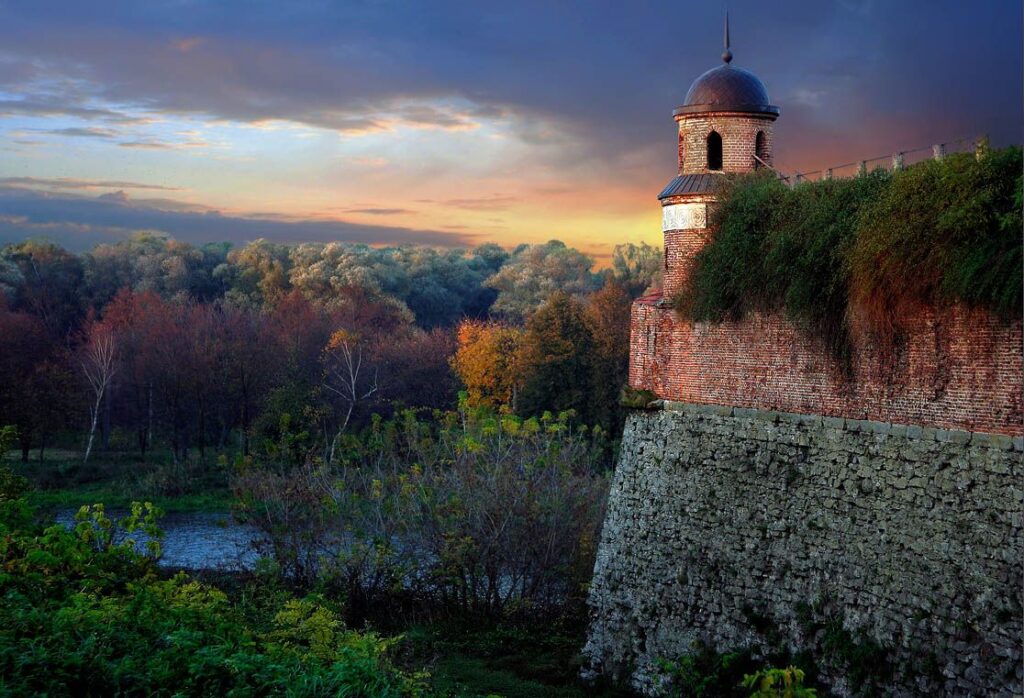
Dubno Castle. Dubno, the ancestral castle of the Ostrogski family was built in the 15th century, then subsequently became the property of several other aristocratic families. Within this complex of buildings, itself an historical and architectural monument, there are several exhibition halls: one with Ukrainian embroidered shirts [vyshyvankas], a numismatics hall, an art gallery, a hunting hall, a room with curved mirrors, a courtroom, an exhibition of miniatures, and even a torture chamber.
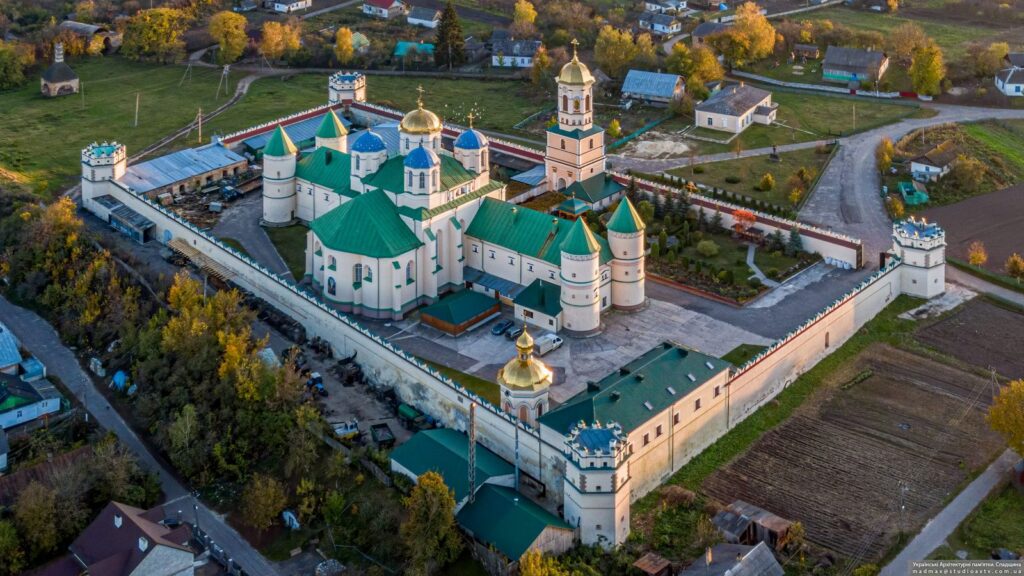
Holy Trinity Monastery – Mezhyrich . This 16th-17th century monastery located in Mezhyrich is a monument to the Volhynia architecture school, combining the traditions of Russian construction techniques with elements of Gothic-Renaissance design. Its layout is a combination of secular, cult, and defensive features, and together with its Renaissance decor make it an outstanding architectural monument of Ukraine.
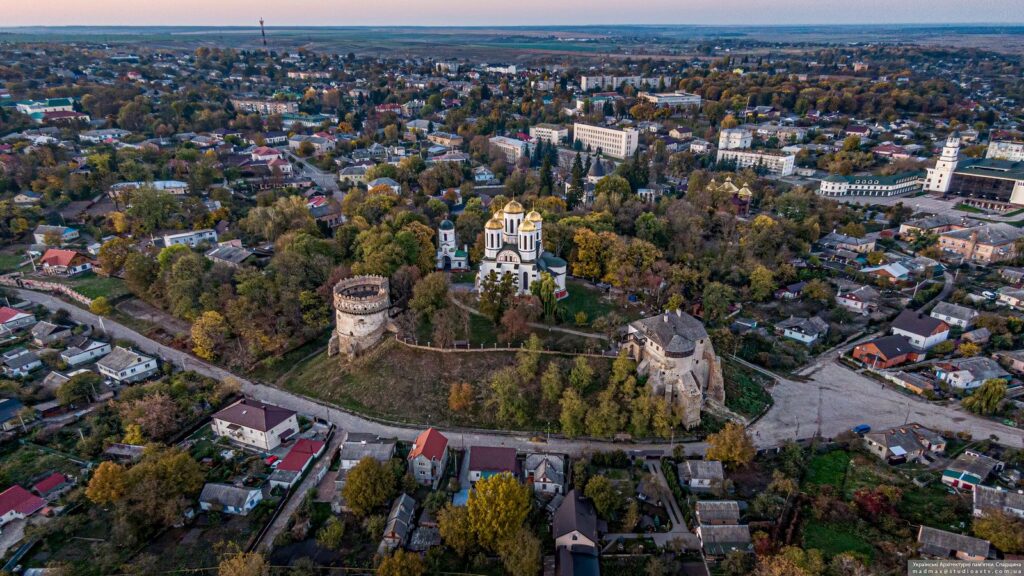
Ostroh Castle. Another former residence of the Ostrogski family, who owned vast lands in Volhynia in the 14th-17th centuries. This is the most famous landmark of the town of Ostroh located about 47 km southeast of Rivne. Today, the castle houses a museum of local history – the oldest museum in the region.
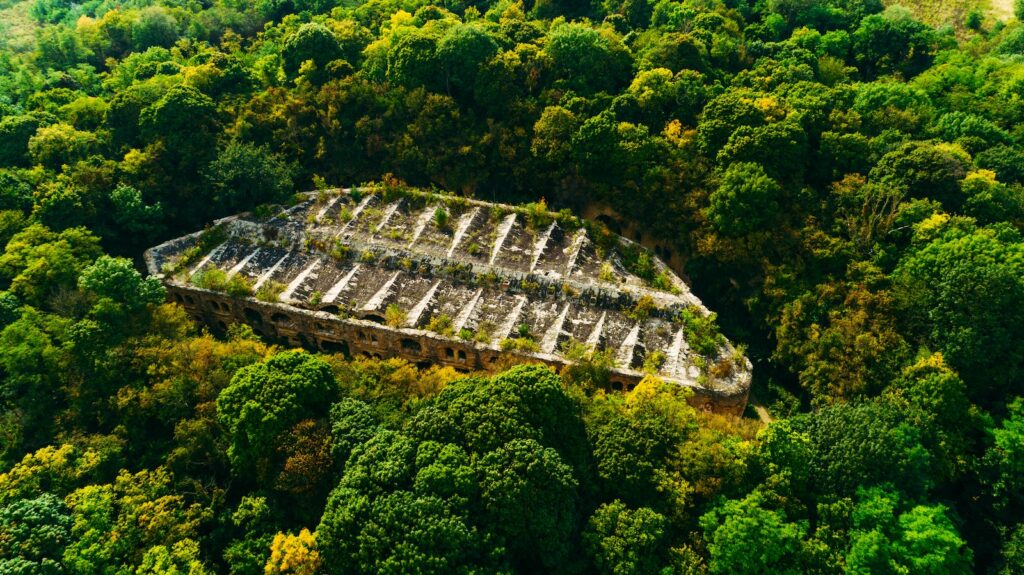
Tarakaniv Fortress is a 19th-century fortress located next to Tarakaniv village in the Dubno district of Rivne Oblast that was originally commissioned and built by Alexander II of the Russian Empire. Today it is completely abandoned and in an advanced state of disrepair, hence visitors are cautioned to avoid exploring the site’ s interiors.
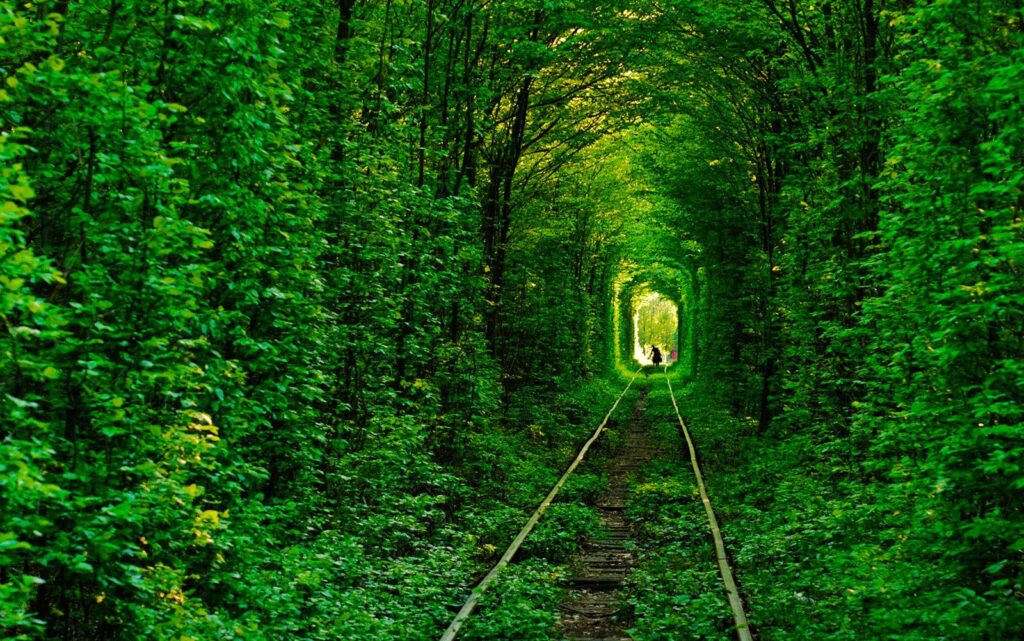
The Tunnel of Love. A few kilometers east of the village of Klevan, there is an old 4 kilometers long railway track connecting to a woodworking plant. In the past, the railway serviced military bases located in nearby villages so it was masked with trees planted along it which over time formed a kind of green tunnel such that newlyweds often arrange photo shoots on their wedding day here – hence the name.
If you’ve got any questions, please do not hesitate to call, text or email us. We’re here to help you.
+380 (50) 242 75 54
dborysenko@gmail.com
ancestry@ukrainian-ancestry.com